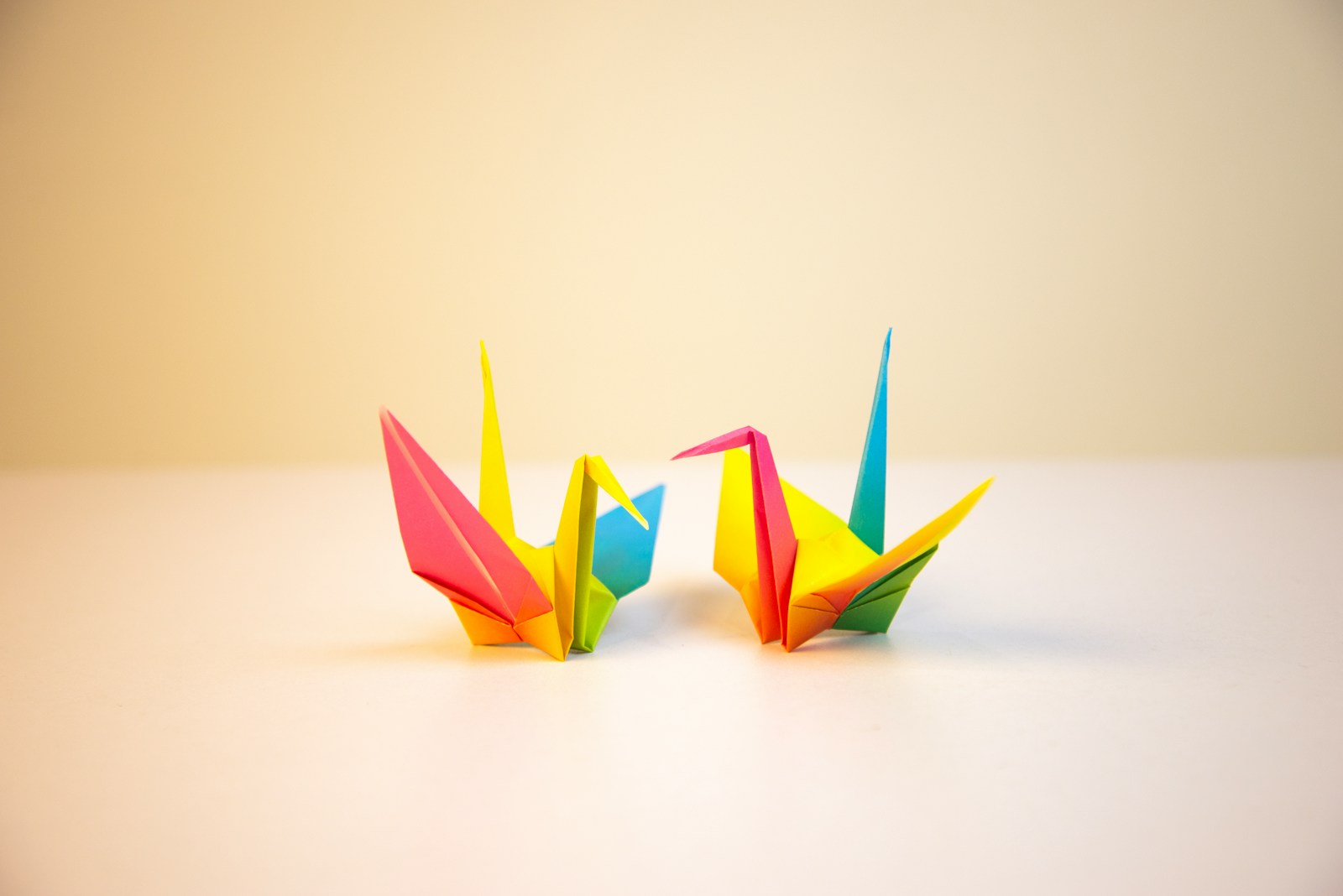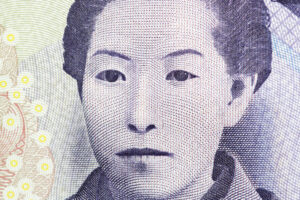Origami, an age-old traditional Japanese pastime, revered for its intricate craftsmanship and meditative practice, entails the delicate art of meticulously folding paper to fashion an array of captivating forms, ranging from whimsical animals to intricate botanical specimens and even inanimate objects. This revered craft, deeply rooted in Japanese culture, embodies the essence of patience, precision, and creativity. The term “Origami” itself is a fusion of two Japanese words, “ORI,” signifying the act of folding, and “GAMI,” referring to paper, culminating in a profound expression that translates to “folded paper” in its native tongue.
To find real Japanese Origami paper on Japanese shopping sites, shipped from Japan, visit Shoply Japan!
With a rich history dating back centuries, Origami has transcended geographical boundaries, captivating enthusiasts worldwide with its charm and elegance, serving not only as a delightful pastime but also as a symbol of cultural heritage and artistic excellence.
Origami’s historical narrative unfolds like the intricate creases of its paper creations, stretching back to the dawn of the 7th century, when the art form took root in Japan following the introduction of paper-making techniques from the Asian mainland. In its infancy, paper held a revered status, primarily utilized for preserving sacred texts and religious scriptures, embodying the essence of spiritual reverence. However, Japan’s innovative spirit soon led to the refinement of paper into washi, a specialized variant renowned for its unparalleled delicacy and durability, perfectly suited for the meticulous craft of origami.
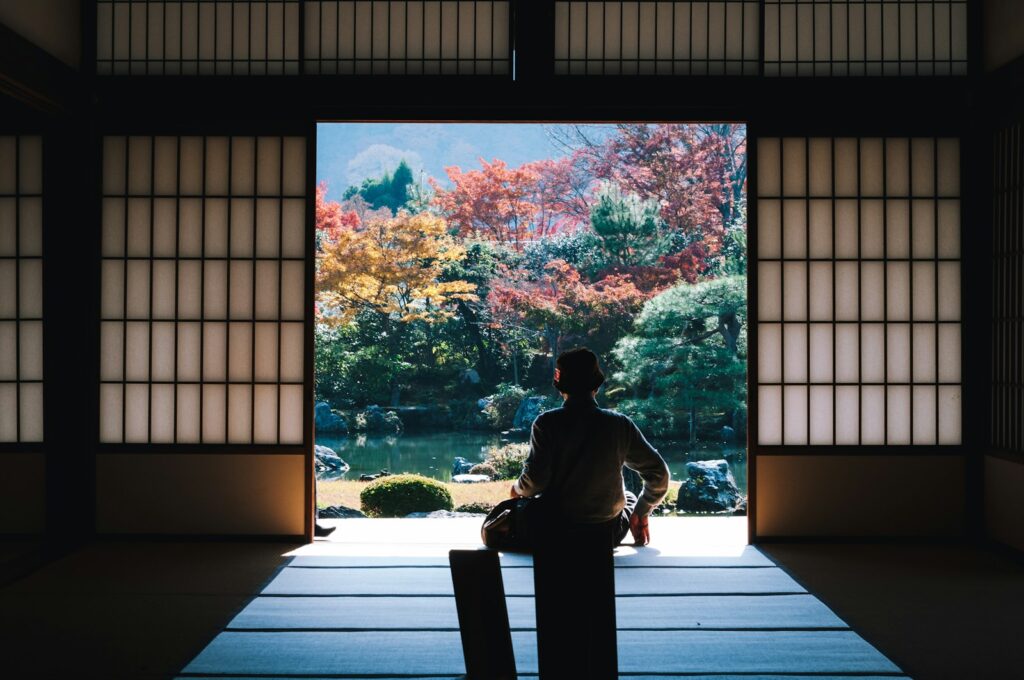
The evolution of origami mirrored the cultural and religious dynamics of Japanese society, transitioning from its utilitarian origins to encompass ceremonial significance. Gradually, ceremonial origami emerged as a ubiquitous presence in rituals, ceremonies, and auspicious occasions, weaving itself into the fabric of Japanese tradition and spirituality. Venturing into Japanese shrines reveals a tapestry of symbolic adornments, where shide, intricately folded zigzag-shaped paper streamers, and shimenawa, sacred ropes embellished with white folded paper known as “shide,” serve as tangible manifestations of divine protection and spiritual sanctity.
To find Origami learning guides and books on Japanese shopping sites, shipped from Japan, visit Shoply Japan!
Across different regions and shrines, a kaleidoscope of traditions dictates the folding and cutting of shide, resulting in a diverse array of shapes and styles, each bearing unique cultural significance and aesthetic allure. The cultural resonance of origami extends beyond religious spheres, permeating various facets of Japanese life and social customs. Notably, the custom of affixing decorative papers called “noshi” to gifts exemplifies the fusion of aesthetics and tradition, while the intricate folding of paper butterflies during traditional Japanese weddings symbolizes the harmonious union of the bride and groom.
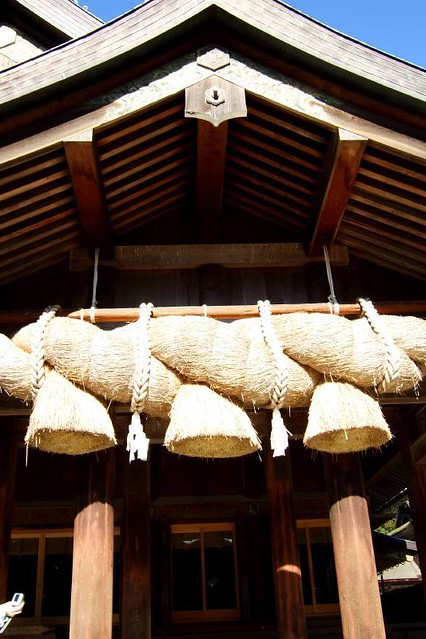
The essence of ceremonial origami lies not only in its ornamental beauty but also in its profound symbolism and spiritual resonance. Every fold and crease serves as a testament to the meticulous craftsmanship and cultural heritage embedded within each creation. Symbolic motifs and traditional patterns imbue these paper marvels with layers of meaning, invoking auspicious blessings and spiritual significance. Even in contemporary Japan, ceremonial origami endures as a cherished tradition, preserving the timeless legacy of Japanese culture and spirituality for generations to come.
Development of Recreational Origami
During the Edo period, a transformative era marked by cultural flourishing and economic stability in Japan, a notable surge in paper production occurred, rendering this once-luxurious material more readily available to the masses. This proliferation of paper democratized the practice of Origami, formerly confined to the aristocracy and religious ceremonies, now accessible to the common populace. As paper became more abundant, so too did the fascination with the art of folding, ushering in an era of recreational origami characterized by the sheer delight found in the act of creasing paper into myriad shapes and forms.
To find traditional Japanese gift papers on Japanese shopping sites, shipped from Japan, visit Shoply Japan!
Recreational origami emerged as a cherished pastime, captivating individuals of all ages with its inherent simplicity and boundless creative potential. Beyond mere amusement, it became a conduit for artistic expression and contemplative engagement, offering a respite from the rigors of daily life. Families gathered around tables, delighting in the shared experience of crafting delicate figures and intricate designs, fostering bonds of camaraderie and familial affection. In gardens and parlors alike, the gentle rustle of paper folding became a symphony of leisure, echoing the rhythmic cadence of a society finding solace in the beauty of simplicity.
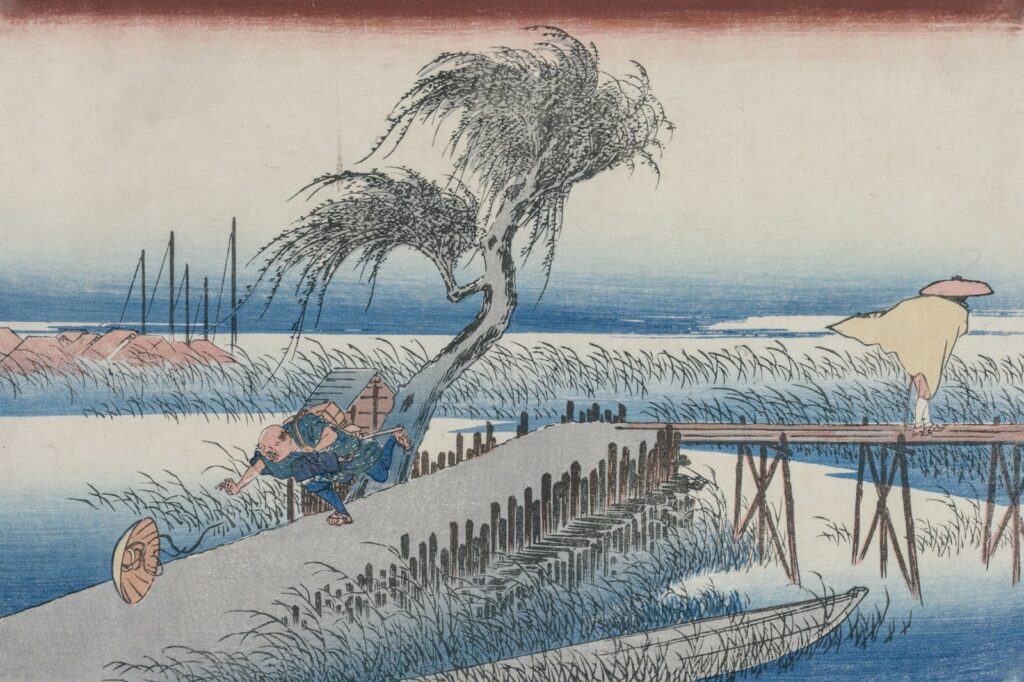
Moreover, recreational origami transcended the confines of domesticity, permeating social gatherings and cultural exchanges with its infectious charm. It served as a means of communication, conveying sentiments of joy, gratitude, and camaraderie through the exchange of meticulously crafted paper creations. In this way, origami became not merely a hobby but a language of its own, spoken fluently by individuals seeking to connect on a deeper, more meaningful level.
As the practice of recreational origami flourished, so too did its impact on mental well-being and stress relief. In a world fraught with pressures and uncertainties, the act of folding paper offered a sanctuary of tranquility, allowing practitioners to immerse themselves fully in the present moment. The rhythmic repetition of folds became a form of meditation, calming the mind and rejuvenating the spirit amidst life’s tumultuous currents.
Indeed, the enjoyment of origami knows no bounds, with enthusiasts continuously exploring new techniques and pushing the boundaries of artistic innovation. From whimsical animals to intricate geometric patterns, each creation is a testament to the boundless imagination and ingenuity of its creator. In this way, recreational origami has evolved beyond a mere pastime, ingrained itself deeply within the fabric of Japanese society as a cherished tradition and cultural treasure, perpetuating the legacy of craftsmanship and creativity for generations to come.
Origami and Chiyogami Paper
Origami, a cherished art form steeped in tradition, finds its soul in the selection of paper it employs. Throughout its storied history, various types of paper have been utilized, each contributing its own unique charm to the craft. Among these, chiyogami stands out as a colorful incarnation of washi paper, renowned for its vibrant hues and intricate patterns. Divided into two distinct styles, Kyoto chiyogami and Edo chiyogami, this paper embodies the cultural narratives of Japan’s past.
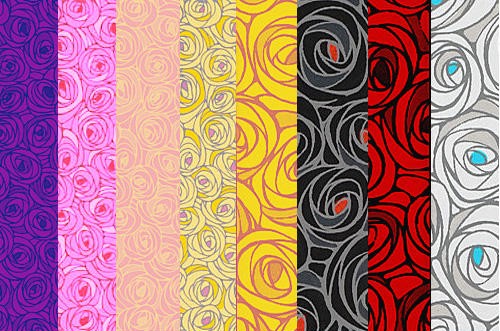
Kyoto chiyogami, with its origins tracing back to the aristocratic splendor of the Heian period, bears motifs steeped in elegance and refinement. Initially adorned with symbols of aristocratic life, this style later evolved to encompass designs inspired by Kyoto’s climate and seasonal festivities, catering to the burgeoning demand from common folk seeking a connection to the city’s rich cultural tapestry.
In contrast, Edo chiyogami mirrors the vibrant pulse of Edo (now Tokyo) during the Edo period, boasting a kaleidoscope of designs reflecting the bustling city life and diverse cultural influences of the era. From bustling market scenes to iconic landmarks, Edo chiyogami captures the essence of a bygone era, infusing each fold with the spirit of Japan’s capital city.
To find authentic chiyogami paper on Japanese shopping sites, shipped from Japan, visit Shoply Japan!
Despite the historical significance of chiyogami, in contemporary times, single-colored origami paper has gained prominence, particularly in the realm of children’s play and crafting. Featuring a spectrum of vivid hues and a soft, pliable texture, single-colored origami paper serves as a versatile canvas for budding artists and seasoned practitioners alike. Its simplicity not only enhances the intricate folds of origami creations but also allows for effortless expression of creativity.
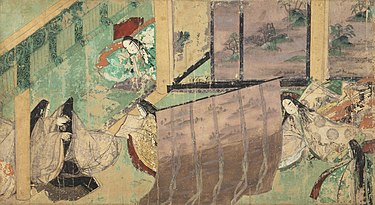
Accessible and affordable, single-colored origami paper is readily available at a myriad of retail outlets, including 100-yen shops and specialty craft stores. Packaged by color and size, this paper caters to the diverse needs of enthusiasts, offering a convenient avenue for exploration and experimentation. From simple paper cranes to elaborate sculptures, origami transcends age and skill level, captivating hearts and minds with its timeless allure.
Representative Origami Models
Origami, with its vast repertoire of intricate designs and captivating forms, boasts an array of representative models that have enamored enthusiasts across the globe. These models span a spectrum of themes, from symbols of peace and longevity to artifacts steeped in history and tradition, each imbued with its own unique significance and charm.
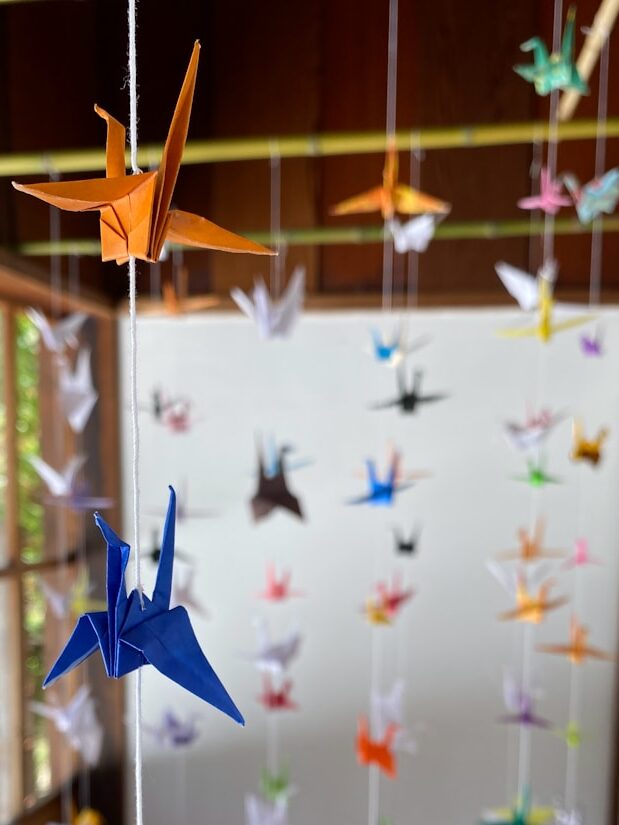
Among the most iconic of these models is the origami crane, revered not only for its elegance but also for its profound symbolism in Japanese culture. Often regarded as a harbinger of longevity and happiness, the crane holds a special place in the hearts of many, symbolizing hope and healing. Its significance transcends borders, resonating with people worldwide as a powerful emblem of peace, particularly poignant in the wake of tragedies such as the Hiroshima atomic bombing, as exemplified by the poignant tale of Sadako Sasaki.
In addition to the crane, a plethora of other models grace the realm of origami, each with its own story to tell. The balloon and paper airplane, beloved by children and adults alike, evoke a sense of whimsy and joy, serving as vessels for boundless imagination and playful exploration. These models not only provide hours of entertainment but also foster creativity and skill development, making them cherished companions in the journey of self-discovery.
For those with a penchant for history and martial arts, models such as the shuriken and kabuto hold a special allure. The shuriken, with its intricate folds and sharp angles, pays homage to the stealth and precision of the ninja, while the kabuto, adorned with ornate details, speaks to the valor and honor of the samurai. These models offer a glimpse into a bygone era, inviting enthusiasts to delve into the rich tapestry of Japanese tradition and martial prowess.
Furthermore, the yakkosan stands as a testament to the everyday life of commoners during the Edo period, offering a window into the cultural fabric of Japan’s past. Clad in a traditional kimono and adorned with a humble hairpin, this model serves as an educational tool, bridging the gap between history and art, and enriching our understanding of Japanese heritage.

In the digital age, access to origami resources has never been easier, with numerous websites dedicated to sharing the art and techniques of folding. From tutorials on basic folds to advanced designs, platforms such as Origami.me, Origami-Fun.com, Origami Way, and Paper Kawaii offer a wealth of knowledge and inspiration, empowering enthusiasts to embark on their own origami journey with confidence and creativity.
Folding Techniques
Exploring the intricate realm of folding techniques in origami unveils a multifaceted landscape where mathematical principles intersect with artistic vision, enabling the creation of awe-inspiring designs that transcend the boundaries of imagination. Beyond the surface simplicity of folding paper, origami enthusiasts delve into a world where geometric intricacies and mathematical algorithms converge to sculpt intricate shapes and patterns with precision and finesse.
At its core, origami entails a profound understanding of mathematical principles and geometric structures, serving as the foundation upon which the art form thrives. Each fold, crease, and tuck is imbued with mathematical significance, as practitioners navigate the complexities of spatial reasoning and symmetry to bring their creations to life. From the elegant simplicity of a basic fold to the intricacies of advanced folding techniques, origami embodies a harmonious blend of logic and creativity.
The basic technique of origami serves as a gateway to a universe of possibilities, where paper becomes a blank canvas awaiting transformation. By mastering fundamental folding patterns and sequences, practitioners unlock the potential to manifest a myriad of shapes and forms, each imbued with its own unique charm and character. Valley folds, mountain folds, and reverse folds are but a few of the building blocks that form the vocabulary of origami, offering endless permutations and combinations for creative exploration.
Delving deeper into the repertoire of origami techniques unveils a rich tapestry of folding methodologies, each offering its own distinct challenges and rewards. Pleats, folds, and twists intertwine to create dynamic compositions that captivate the imagination, while unfolding reveals hidden layers of complexity waiting to be unraveled. From intricate folding diagrams that serve as blueprints for creation to the timeless tradition of origami crane folding, every technique serves as a testament to the ingenuity and artistry of its practitioners.

Yet, the true magic of origami lies not only in its technical proficiency but also in its capacity to transcend cultural and linguistic barriers, fostering a sense of connection and unity among enthusiasts worldwide. Across continents and generations, the art of origami serves as a universal language of creativity and expression, bridging divides and celebrating the boundless potential of the human imagination. As each fold unfurls and each crease takes shape, origami becomes more than just a pastime—it becomes a journey of self-discovery and a testament to the enduring power of human ingenuity.
New Origami
The world of new origami boasts many masters, whose artworks symbolize the artistic value and technical prowess of origami. Their creativity and innovation are showcased through new artworks and styles while inheriting traditional patterns and techniques. Websites of such new origami artists include: OrigamiUSA and Jo Nakashima – Origami Tutorials.

Origami is also utilized in the fields of education and psychology. Through origami, children not only develop spatial awareness and dexterity but also cultivate concentration and patience. Furthermore, origami serves as a means of stress relief and relaxation, making it a popular hobby for adults.
Japanese origami culture is widely recognized and cherished worldwide. Origami workshops and exhibitions are held not only in Japan but also in various countries, facilitating exchange of ideas and techniques among people. Origami transcends cultural and linguistic barriers, serving as a wonderful means to connect people.
Origami is not merely about folding paper; it is an art form loved worldwide for its creativity, technicality, and its role in culture and education. Its beauty and depth continue to captivate people across generations and borders.
As the intricate folds of this essay unfold, we find ourselves immersed in the profound legacy of origami—an art form that transcends mere paper folding to become a conduit for cultural exchange, artistic expression, and personal growth. From its humble origins rooted in Japanese tradition to its global embrace as a cherished pastime and educational tool, origami stands as a testament to the enduring power of creativity and human connection.

Through centuries of evolution, origami has woven itself into the fabric of society, enriching lives and inspiring generations with its beauty and depth. From ceremonial rituals to recreational pursuits, its influence knows no bounds, offering solace in times of turmoil and joy in moments of celebration. As we reflect on the myriad ways in which origami has touched our lives, let us continue to cherish and nurture this timeless art form, ensuring that its legacy endures for generations to come.
In a world often characterized by division and discord, origami serves as a reminder of our shared humanity and the universal language of creativity that unites us all. As we fold paper and breathe life into our creations, let us also embrace the spirit of collaboration and cooperation that defines the essence of origami. For in the delicate interplay of folds and creases, we discover not only the beauty of the art form but also the beauty of our interconnectedness as human beings.
So let us celebrate origami not only for its technical prowess and aesthetic appeal but also for its capacity to inspire wonder, foster imagination, and cultivate compassion. As we embark on our own origami journeys, may we find joy in the process of creation and fulfillment in the connections we forge along the way. For in the end, origami is more than just folded paper—it is a reflection of the human spirit, expressed through the artistry of our hands and the depth of our hearts.
